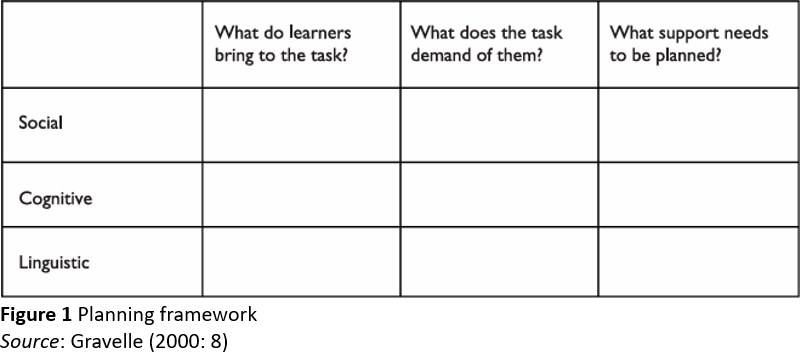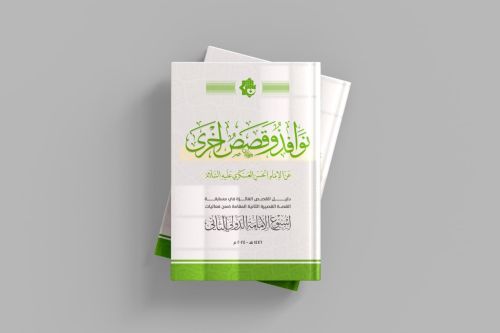

Grammar


Tenses


Present

Present Simple

Present Continuous

Present Perfect

Present Perfect Continuous


Past

Past Simple

Past Continuous

Past Perfect

Past Perfect Continuous


Future

Future Simple

Future Continuous

Future Perfect

Future Perfect Continuous


Parts Of Speech


Nouns

Countable and uncountable nouns

Verbal nouns

Singular and Plural nouns

Proper nouns

Nouns gender

Nouns definition

Concrete nouns

Abstract nouns

Common nouns

Collective nouns

Definition Of Nouns


Verbs

Stative and dynamic verbs

Finite and nonfinite verbs

To be verbs

Transitive and intransitive verbs

Auxiliary verbs

Modal verbs

Regular and irregular verbs

Action verbs


Adverbs

Relative adverbs

Interrogative adverbs

Adverbs of time

Adverbs of place

Adverbs of reason

Adverbs of quantity

Adverbs of manner

Adverbs of frequency

Adverbs of affirmation


Adjectives

Quantitative adjective

Proper adjective

Possessive adjective

Numeral adjective

Interrogative adjective

Distributive adjective

Descriptive adjective

Demonstrative adjective


Pronouns

Subject pronoun

Relative pronoun

Reflexive pronoun

Reciprocal pronoun

Possessive pronoun

Personal pronoun

Interrogative pronoun

Indefinite pronoun

Emphatic pronoun

Distributive pronoun

Demonstrative pronoun


Pre Position


Preposition by function

Time preposition

Reason preposition

Possession preposition

Place preposition

Phrases preposition

Origin preposition

Measure preposition

Direction preposition

Contrast preposition

Agent preposition


Preposition by construction

Simple preposition

Phrase preposition

Double preposition

Compound preposition


Conjunctions

Subordinating conjunction

Correlative conjunction

Coordinating conjunction

Conjunctive adverbs


Interjections

Express calling interjection


Grammar Rules

Passive and Active

Preference

Requests and offers

wishes

Be used to

Some and any

Could have done

Describing people

Giving advices

Possession

Comparative and superlative

Giving Reason

Making Suggestions

Apologizing

Forming questions

Since and for

Directions

Obligation

Adverbials

invitation

Articles

Imaginary condition

Zero conditional

First conditional

Second conditional

Third conditional

Reported speech


Linguistics

Phonetics

Phonology

Linguistics fields

Syntax

Morphology

Semantics

pragmatics

History

Writing

Grammar

Phonetics and Phonology

Semiotics


Reading Comprehension

Elementary

Intermediate

Advanced


Teaching Methods

Teaching Strategies

Assessment
Planning for bilingual learners
المؤلف:
Sue Soan
المصدر:
Additional Educational Needs
الجزء والصفحة:
P57-C4
2025-04-03
295
Planning for bilingual learners
Guidance in ways to support classroom practice for bilingual learners can be provided by the theories of second language acquisition. When thinking about planning for all learners, educators first of all think about what the learners already know and build on this knowledge, devising activities and tasks that enable them to develop. When planning for bilingual learners, educators need to think about what they can bring as individuals from their previous experiences to the task in great detail. This will include their social and cognitive understanding and their linguistic ability. Educators therefore need to have this information available to them and to have a good understanding of the individual learner’s culture, previous education and family circumstances.
Next, the demands of the task or activity, on the bilingual learners themselves, have to be considered. How a lesson is to be presented and how the tasks are to be completed, need to be made explicit to bilingual learners. An analysis of the language to be used within text will also enable the educator to ensure that support and engagement in the task are possible. This is, as mentioned earlier, where a good understanding of how a classroom functions, can support the demands of the curriculum, the social interactions and the linguistic development for these learners.
The level and type of support needed are also an important aspect of an educator’s planning. This may be supplied to the learners in many different ways, using the strengths of their peers, of effective grouping or additional adult intervention.

It may also involve using artefacts, videos or pictures to ensure access and engagement in the curriculum. Repetition, gesture, intonation and role-playing can all be used by educators to support cognitive and linguistic development.
The framework presented in Figure 1 is very simple, but can be used to ensure that accurate and appropriate planning is achieved for bilingual learners.
 الاكثر قراءة في Teaching Strategies
الاكثر قراءة في Teaching Strategies
 اخر الاخبار
اخر الاخبار
اخبار العتبة العباسية المقدسة

الآخبار الصحية















 "المهمة".. إصدار قصصي يوثّق القصص الفائزة في مسابقة فتوى الدفاع المقدسة للقصة القصيرة
"المهمة".. إصدار قصصي يوثّق القصص الفائزة في مسابقة فتوى الدفاع المقدسة للقصة القصيرة (نوافذ).. إصدار أدبي يوثق القصص الفائزة في مسابقة الإمام العسكري (عليه السلام)
(نوافذ).. إصدار أدبي يوثق القصص الفائزة في مسابقة الإمام العسكري (عليه السلام) قسم الشؤون الفكرية يصدر مجموعة قصصية بعنوان (قلوب بلا مأوى)
قسم الشؤون الفكرية يصدر مجموعة قصصية بعنوان (قلوب بلا مأوى)


















